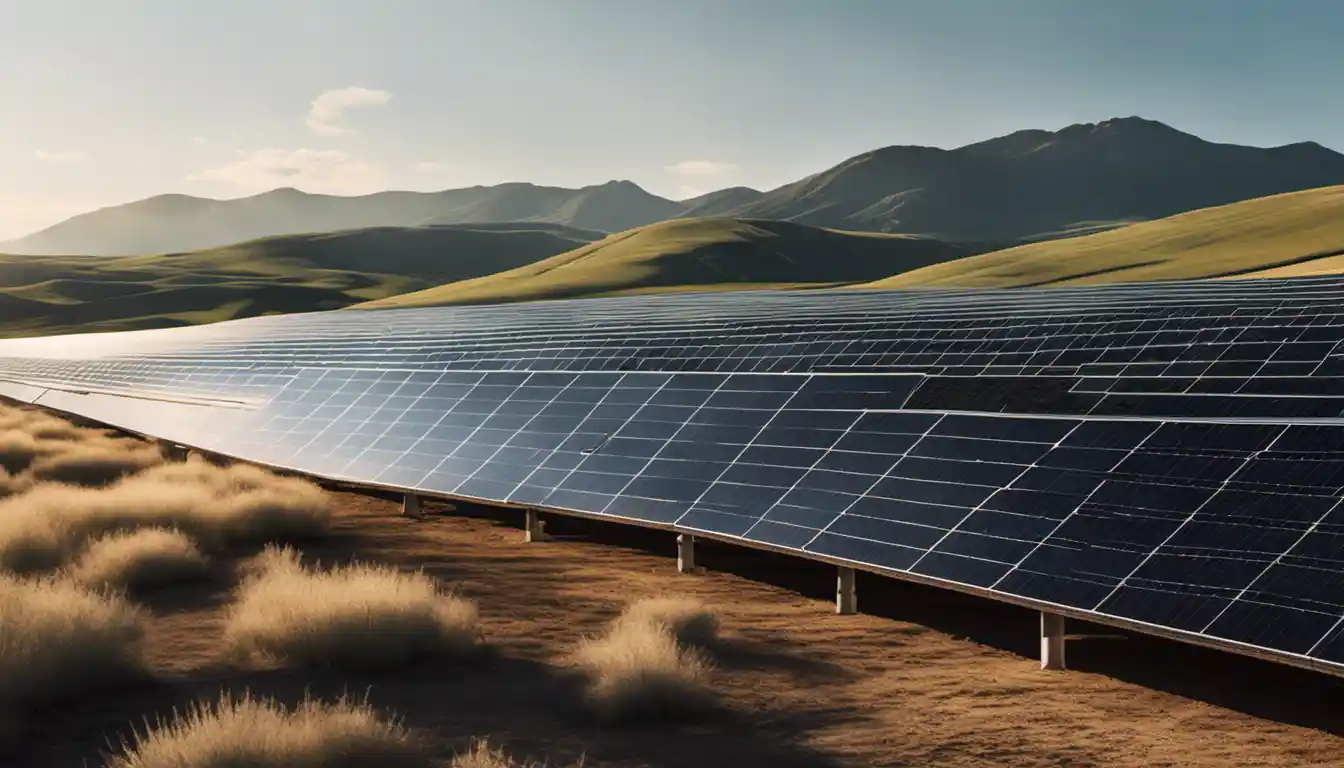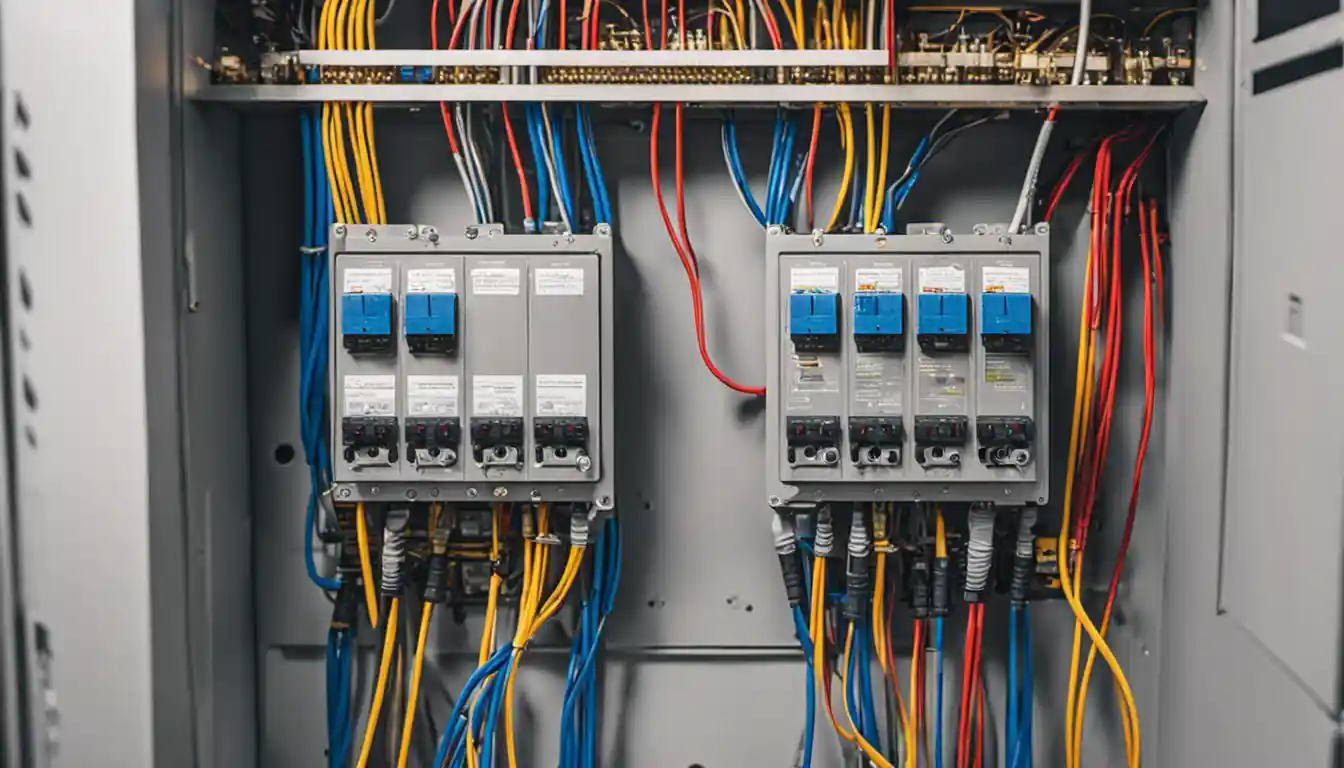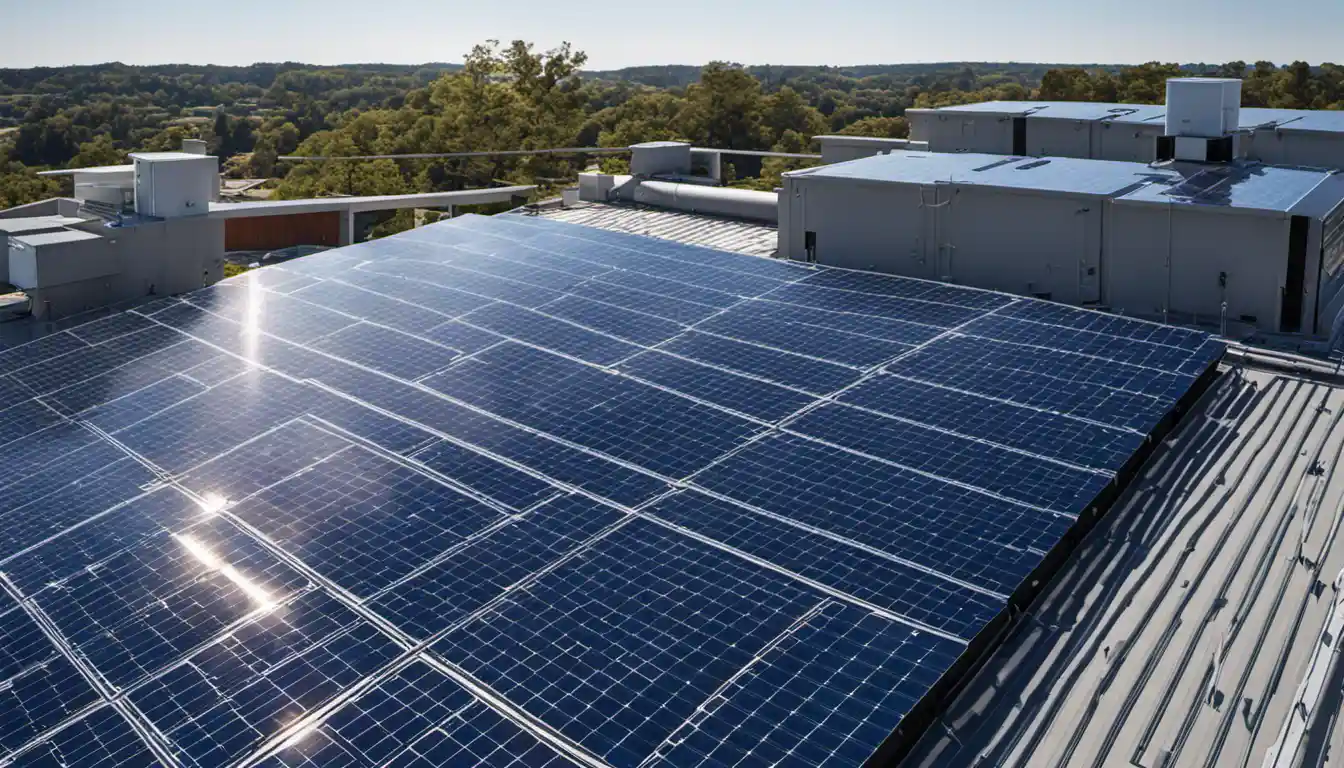Addressing Initial Preparations
Wiring solar panels to a breaker box off-grid involves connecting the solar panels to a charge controller, then the charge controller to batteries and finally, an inverter that connects to your breaker box. It’s important to ensure solar panels and all other devices are sized appropriately and correctly wired together following electrical safety regulations. It is highly recommended to consult with a professional electrician or solar panel installer to ensure the system operates safely and effectively.
The Importance of Site Assessment
Before you get into the thick of wiring solar panels to breaker box off grid, an initial site assessment is extremely important. This process involves evaluating the potential location for your solar array, ensuring there’s plenty of sun exposure and no shading issues. Along with solar exposure, your assessment should also include a safety check of the installation site for any potential risks or hazards.
Procuring Essential Solar Installment Tools and Materials
Before beginning the installation process, you need to have the right tools and materials at hand. This includes your solar panels, mounting hardware, wires, a charge controller, solar inverter, solar batteries, and breaker box. You’ll also need basic hand tools such as a drill, screwdriver, wrench, and wire stripper/cutter. Having the right equipment ready can make your solar panel-to-breaker box project smooth sailing.
Understanding Solar Panel Installation: An Overview
Solar panel installation involves a series of steps executed carefully and meticulously. I’ll walk you through the process in a simple, easy-to-understand way.
Secure Mounting: The Initial Step
Firstly, having a secure foundation for your solar panels is critical. Mounts should be installed on the rooftop or ground with strong, durable material. Make sure the mounts are angled towards the sun for maximum sun exposure and secure them properly to avoid any wind damage.
Positioning Solar Panels: Maximizing Sun Exposure

In positioning your solar panels, you want to get the most out of the sun’s energy. For those in the Northern Hemisphere, panels should face true south, while the opposite is true for the Southern Hemisphere. Remember, the more direct sunlight your panels receive, the more power they can generate.
Onsite Electrical Wiring: A Prerequisite for Solar Panels
To prevent any shorts or fires in your new solar installation, onsite electrical wiring needs to be thoroughly inspected and approved. At this stage, an electrician should ensure all home wiring is up to code and ready for solar power integration.
Diving Deeper into Electrical Connections: Wiring Solar Panels
Differentiating Wiring in Parallel and Series Configuration
When wiring solar panels, you’ll need to decide between parallel or series configuration. Panels wired in series increase the voltage, while panels in parallel increase the current. Depending on the number of panels in your array and the voltage of your system, one configuration may be more suitable than the other.
Going Through Wiring Diagram for Solar Panels: Breakdown of Components
Understanding your solar panel wiring diagram is vital for a proper setup. This diagram will outline how to connect each part of your solar module— from the panels, charge controller, battery, inverter, to the breaker box. Follow the diagram closely for a successful installation.
Connecting Solar Panels to Your Breaker Box: A Hands-on Step-by-step Guide

Here’s where we delve into the practical steps of this guide.
Ensuring Safety Measures: Precautions to Consider
Before you begin connecting wires, turn off all power sources and put on safety gear like gloves and goggles.
The Role of Solar Inverter and How to Connect
The role of a solar inverter is to convert the DC power generated by your solar panels into AC power that your home appliances can use. To connect your inverter, connect the positive and negative cables from the solar panels to the corresponding ports on the inverter.
Moving from Solar Inverter to Solar Battery
Next, connect your solar battery to the inverter. This ensures that any excess power generated by your solar installation during the day is stored for use during times when the panels are not generating electricity, like at night.
Establishing Connection between Solar Inverter and Power Grid
It’s now time to connect your solar setup to the power grid, which in our case is our off-grid breaker box. Please note that appropriate fuses and breakers should be installed in the circuit to provide overcurrent protection.
Additional Information

Let’s dig a little deeper into the specifics of wiring solar panels to a breaker box off grid.
12V Solar Panels to 24V: Is There a Difference?
Depending on the size and power requirements of your home, you might need to choose between 12V and 24V solar panels. Check out our guide on off-grid solar system installation to learn more about which configuration might be best for your needs.
Your Frequently Asked Questions: Answered
This section is dedicated to answering some of the frequently asked questions about solar panel installation and setup. From determining the number of solar panels needed for your home to understanding the life expectancy of solar batteries, we’re here to provide the insights you need.
Connecting Your Solar Panel to a Water Pump: A Basic Guide
Did you know that you can power a water pump with your solar setup too? It’s true! Similar to wiring solar panels to a breaker box, you can also connect them to a pump.
Possible Costs of Solar Panel Installation
While there are upfront costs involved with setting up an off-grid solar system, the long-term savings on electricity bills make it a worthwhile investment. We delve into the estimated costs and potential savings in this section.
Charging Tesla with Solar Panels: Dispelling the Myths
In the era of electric vehicles, you might wonder if it’s possible to power your Tesla or other EVs with your solar setup. The answer is yes, but only with the right configuration and an understanding of the power requirements of your vehicle.
All set to embark on your off-grid solar journey? Remember, the key to a successful solar panel installation lies in understanding the process, taking requisite safety measures, and continual learning. Ready to harness the power of the sun? Let’s get rolling!



